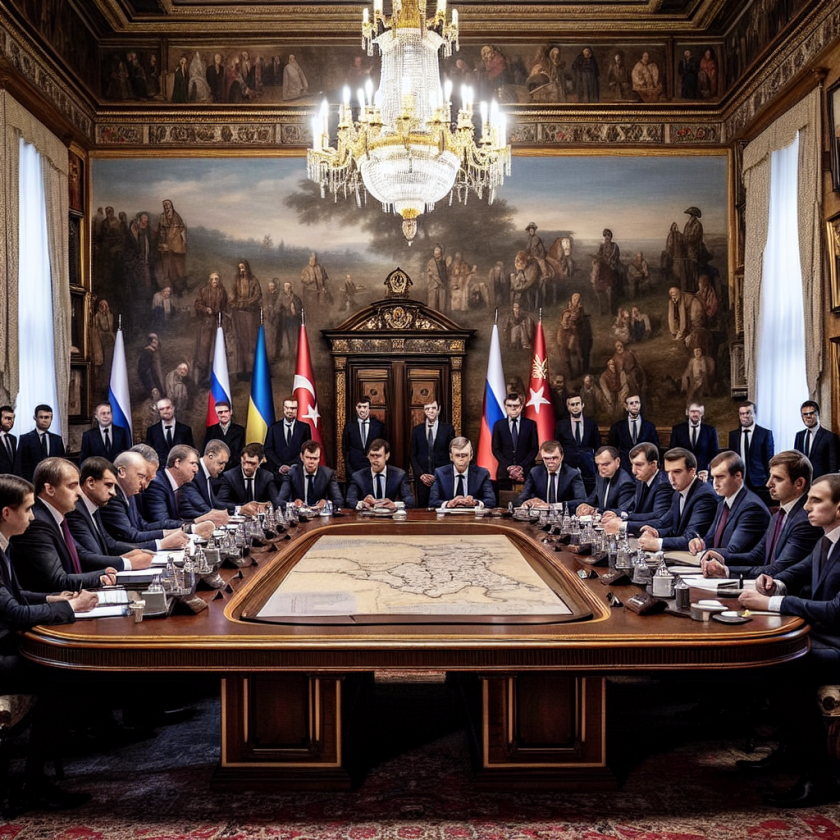Trump’s Call for Reciprocal Tariffs on India in Congressional Address
Trump’s Call for Reciprocal Tariffs on India in Congressional Address
Introduction
In a recent congressional address, former President Donald Trump reignited discussions on international trade by advocating for reciprocal tariffs on India. This move is part of his broader strategy to address trade imbalances and protect American industries.
Key Points of Trump’s Proposal
- Reciprocal Tariffs: Trump emphasized the need for tariffs that mirror those imposed by India on American goods, aiming to level the playing field for U.S. businesses.
- Trade Imbalance: Highlighting the trade deficit with India, Trump argued that reciprocal tariffs could help reduce this gap and promote fairer trade practices.
- Protection of American Industries: The proposal is part of a larger agenda to safeguard American jobs and industries from what Trump perceives as unfair foreign competition.
Implications for U.S.-India Relations
The call for reciprocal tariffs could have significant implications for the diplomatic and economic relationship between the United States and India. While it aims to protect U.S. interests, it may also lead to tensions and require careful negotiation to avoid a trade war.
Reactions and Criticisms
- Support from Domestic Industries: Some American manufacturers and industry leaders have expressed support, viewing it as a necessary step to protect their interests.
- Concerns from Economists: Critics argue that such tariffs could lead to increased costs for consumers and potential retaliation from India, harming both economies.
- Political Reactions: The proposal has sparked debate among lawmakers, with opinions divided along party lines regarding its potential impact on international relations and the economy.
Conclusion
Trump’s call for reciprocal tariffs on India underscores his commitment to addressing trade imbalances and protecting American industries. While it has garnered support from some sectors, it also raises concerns about potential economic repercussions and diplomatic tensions. As discussions continue, the proposal’s impact on U.S.-India relations and the global trade landscape remains to be seen.


































